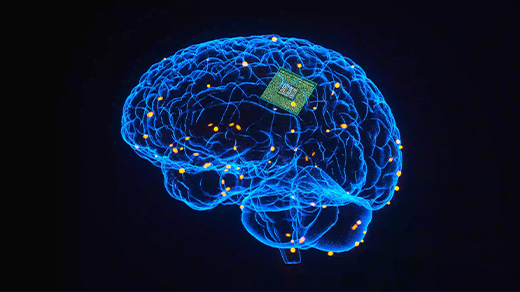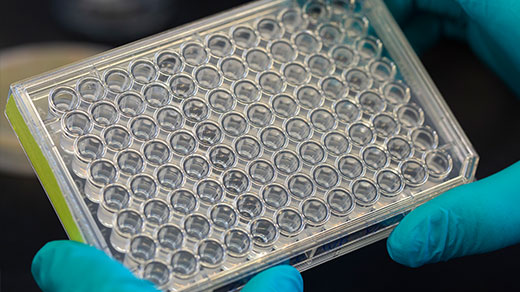What's up in
Mathematical biology
Latest Articles
Turing Patterns Turn Up in a Tiny Crystal
The mechanism behind leopard spots and zebra stripes also appears to explain the patterned growth of a bismuth crystal, extending Alan Turing’s 1952 idea to the atomic scale.
Emery Brown and the Truth About Anesthesia
Anesthesia is very different from sleep — which is why it offers unique opportunities for studying the human brain, says the physician-researcher and statistician Emery Brown.
Trachette Jackson Fights Cancer With Math
Quantitative models built by the mathematical biologist Trachette Jackson can make cancer therapies safer and more effective.
The Year in Biology
While the study of the SARS-CoV-2 virus was the most urgent priority, biologists also learned more about how brains process information, how to define individuality and why sleep deprivation kills.
A Physicist’s Approach to Biology Brings Ecological Insights
The physicist Jeff Gore tests theories about microbe communities experimentally and finds new rules governing ecological stability.
Can Vaccines for Wildlife Prevent Human Pandemics?
Studies suggest that self-disseminating vaccines could prevent the "spillover" of animal viruses into humans as pandemic diseases.
Math of the Penguins
Emperor penguins display rigorously geometric spacing and mathematical efficiency when they huddle together for warmth, which may reveal secrets to their overall health.
Why Are Plants Green? To Reduce the Noise in Photosynthesis.
Plants ignore the most energy-rich part of sunlight because stability matters more than efficiency, according to a new model of photosynthesis.
Random Search Wired Into Animals May Help Them Hunt
The nervous systems of foraging and predatory animals may prompt them to move along a special kind of random path called a Lévy walk to find food efficiently when no clues are available.








